Honbap Star (서촌막회센타)
2.4Km 2021-03-24
49, Jahamun-ro 1-gil, Jongno-gu, Seoul
+82-10-9018-6349
This is a raw fish restaurant known for its cost-effectiveness. This Korean dishes restaurant is located in Jongno-gu, Seoul. The representative menu is sliced raw small fish.
Inwoohouse [Korea Quality] / 인우하우스 [한국관광 품질인증]
2.4Km 2023-04-13
9, Gyedong 6-gil, Jongno-gu, Seoul
02-742-1115
Run by a couple hailing from Bukchon, Inwoo House is located in an alleyway in Gye-dong, Jongno-gu, which is part of Bukchon that is well-known for old hanok houses. Inwoo House, meaning 'the house of Inwoo,' is inhabited by the owner couple and eight-year-old son Inwoo and his younger brother Yeonwoo. The couple, who have always lived in Bukchon, moved to Inwoo House in 2010; their parents run another guesthouse -- Yeonwoo House -- in Gahoe-dong, which isn’t far from Inwoo House. These two hanok guesthouses seek to provide guests with an opportunity to experience the true aspect of traditional Korean house amid the natural environment. Inwoo House, which has the typical style of hanok in the area, features a cozy yard, a toenmaru (narrow wooden porch running along the outside of the building), and several charming decorative items. It has three rooms – Tokki-bang and Haejanggeum-bang situated in Sarangchae (a detached building) and Nori-bang, which is a communal space. Due to its quiet location, guests can enjoy relaxation with a serene atmosphere in their rooms, which are decorated with calligraphic works and furniture inlaid with mother-of-pearl in a simple way. Each room is equipped with a bathroom. The guesthouse offers breakfast such as toast or tteokguk (rice cake soup). Inwoo House is an ideal place to stay for guests with children as the owner couple have children with whom children can play in the alley, yard, or toenmaru with an interesting hanok environment. The guesthouse also provides various traditional activities including traditional Korean clothes experience, traditional Hanji (Korean paper) craft experience, traditional knot bracelet making, and fan decorating, which are popular among foreign tourists and children. It is adjacent to restaurants, coffee shops, convenience store, and other tourist attractions including Gyeongbokgung Palace, Changdeokgung Palace, Insa-dong, and Samcheong-dong.
Dongdaemun Bonga Gamasot Seolleongtang (동대문본가가마솥설렁탕)
2.4Km 2021-03-18
299-1, Jong-ro, Jongno-gu, Seoul
+82-2-741-1510
This is a Korean cuisine located in Dongdaemun Gate, Seoul. A restaurant selling Korean-style healthy broth-based dishes. The best menu at this restaurant is ox bone soup.
Gimjinmoksam (김진목삼)
2.4Km 2021-03-23
51, Jahamun-ro, 1-gil, Jongno-gu, Seoul
+82-2-929-2929
This is a place where the staff directly grills pork that has been certified by Handon. This Korean dishes restaurant is located in Jongno-gu, Seoul. The representative menu is grilled pork shoulder.
Barrio del Tteokbokki de Sindang-dong (신당동 떡볶이 골목)
2.4Km 2022-09-22
Dasan-ro 33-gil 10-18, Jung-gu, Seúl.
El Barrio del Tteokbokki de Sindang-dong se remonta a los años 70 del siglo XX, pero su mayor auge llegó en los años 80. Además de ser presentado en programas de televisión populares de la época, el período también fue marcado por los mejores tiempos del béisbol de la escuela de secundaria, donde los estudiantes se aglomeraban en las calles durante los partidos entre la Escuela Duksoo Commercial y la Escuela Sunrin Commercial (ahora Sunrin Internet). Pasados los años, los antiguos estudiantes de la escuela siguen visitando la zona para recordar su juventud y seguir comiendo el especial tteokbokki. Sin embargo, algunos dicen que la historia de este barrio empezó en los años 50. La propietaria del restaurante Mabokrim Halmeoni Tteokbokki dice que el tteokbokki se empezó a vender en el año 1953, cuando en la zona estaba el teatro Donga y ella vendía tteokbokki, maíz y patatas a los visitantes. En un principio, el tteokbokki estaba simplemente hecho de gochujang, pero se fueron añadiendo ingredientes como huevos, fideos, pasta de pescado, y más recientemente calamar, gambas y queso para darle un mejor sabor; y lo que era una simple merienda se ha convertido en un plato principal.
Museo Folclórico Nacional y Museo Infantil del Museo Folclórico Nacional (국립민속박물관&국립민속박물관 어린이박물관)
2.4Km 2024-04-18
Samcheong-ro 37, Jongno-gu, Seúl
I Love Sindangdong Tteokbokki (아이러브신당동떡볶이)
2.4Km 2020-04-10
50, Toegye-ro 76-gil, Jung-gu, Seoul
+82-2-2232-7872
I Love Sindangdong Tteokbokki is a tteokbokki (spicy rice cakes) restaurant opened in 2001 when seven tteokbokki restaurants with over 25 years of history joined together. A DJ plays music and tells stories to the guests. The restaurant also features a stage with an acoustic guitar for live performances. Order and delivery service is available via the website.
Jongjeom Tteokbokki (종점 떡볶이)
2.4Km 2020-04-09
217-1, Dasan-ro, Jung-gu, Seoul
+82-2-2234-3649
Jongjeom Tteokbokki opened in 1978 and has been a popular restaurant on Sindang-dong Tteokbokki Street since then. The restauant serves a special meal option of adding fried rice to tteokbokki.
Urijip Tteokbokki (우리집떡볶이)
2.4Km 2020-04-09
217-1, Dasan-ro, Jung-gu, Seoul
+82-2-2232-4531
Opened in 1979, Urijip Tteokbokki has operated for over 30 years in the same location. This restaurant has a spacious basement area which can accommodate up to 100 people. The restaurant is especially popular among Japanese tourists.
Parque Sajik de Seúl (사직공원(서울))
2.4Km 2022-09-19
Sajik-ro 89, Jongno-gu, Seúl
El parque Sajik es uno de los tres parques más famosos en Jongno-gu, junto con los parques Tapgol y Samcheong. Situado al oeste de Cheong Wa Dae, cerca del monte Inwangsan, el parque tiene unas impresionantes dimensiones de 188.710 m².
El nombre del parque fue elegido en 1395, cuando Taejo Lee Sung-gye hizo su primer Sajikdan (altar a los dioses del Estado) junto con el santuario Jongmyo, en el centro del parque. "Sa" se refiere a la deidad de la Tierra, mientras que "jik" hace referencia a la deidad de los cinco granos. Varios rituales por buenas cosechas tuvieron lugar regularmente en el Sajikdan; sin embargo, el área no fue reconocida como un parque hasta 1922, durante el período colonial japonés.
En el parque se encuentran muchos parques infantlies, estatuas de Shin Saimdang, Hwanghakjeong y Yi I (nombrado a menudo por su nombre de escritor, Yulgok), y la Biblioteca Municipal Infantil. El santuario Dangun y la Biblioteca de Jongno se encuentran por la zona. Siguiendo el camino cercano al parque Sajik durante 5 minutos, los visitantes pueden llegar a la ruta para excursionistas del monte Inwangsan con relativa facilidad.
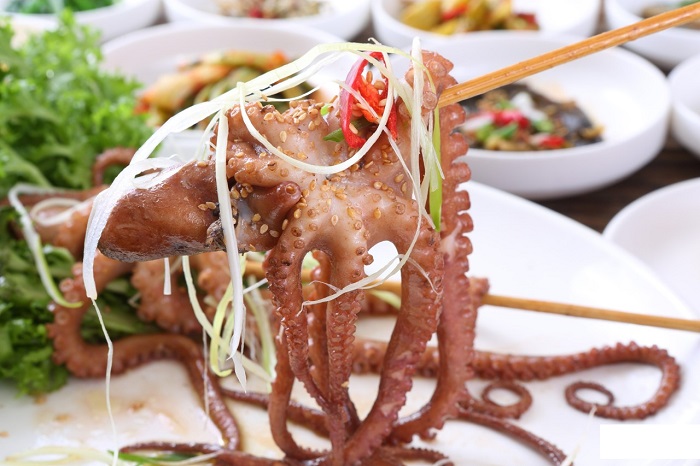
![Inwoohouse [Korea Quality] / 인우하우스 [한국관광 품질인증]](http://tong.visitkorea.or.kr/cms/resource/64/2633664_image2_1.jpg)
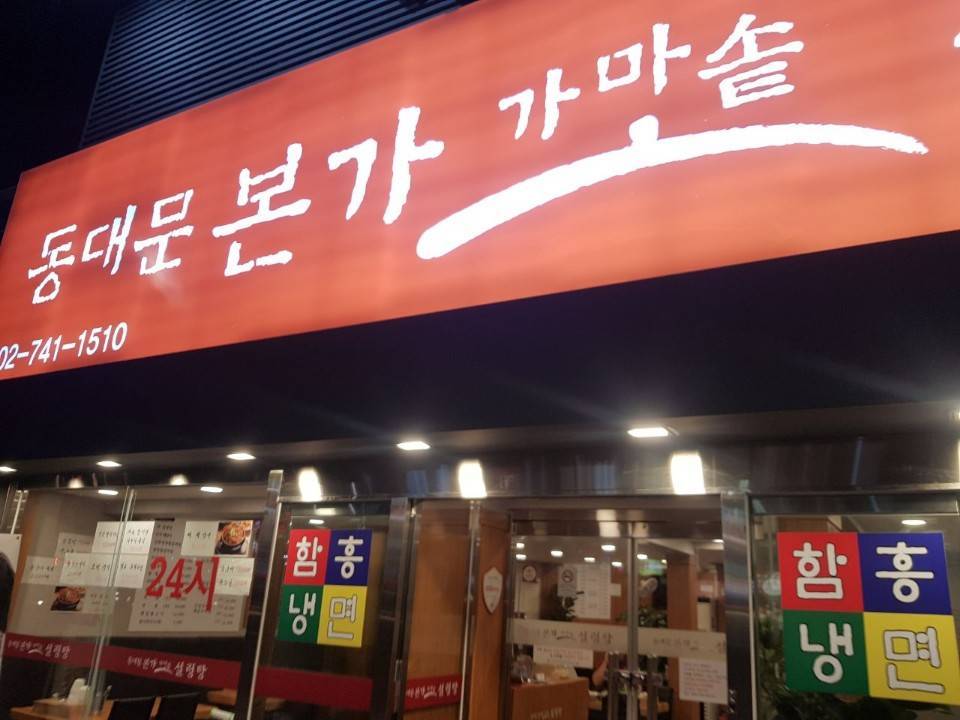
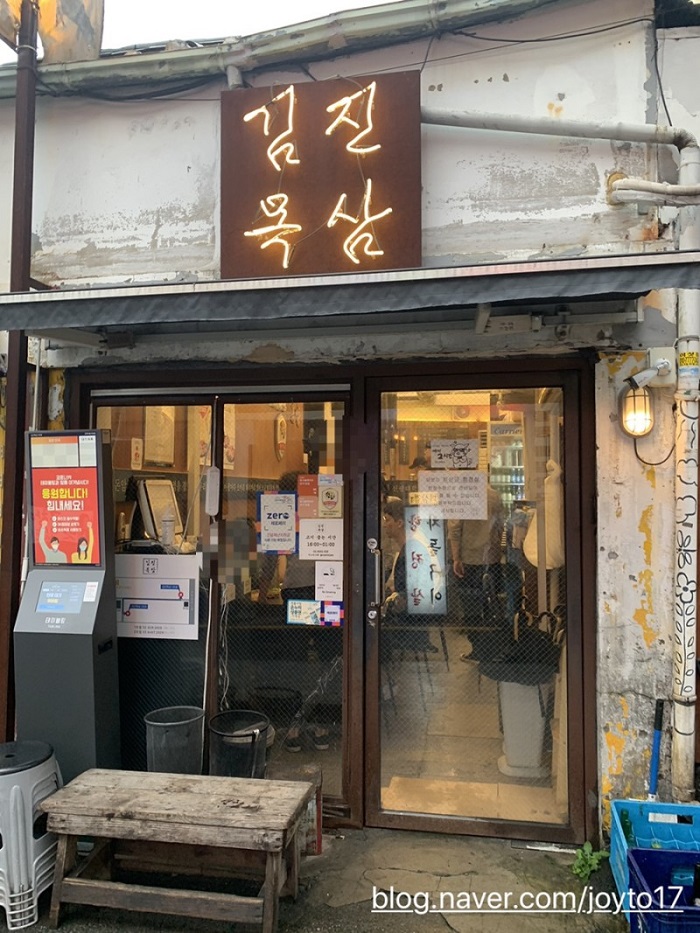
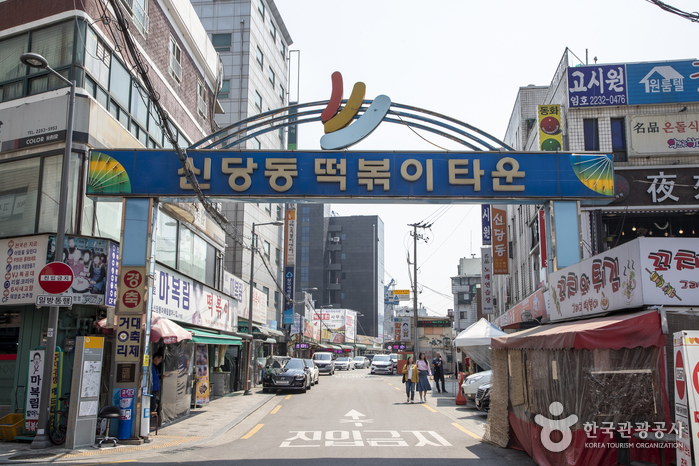


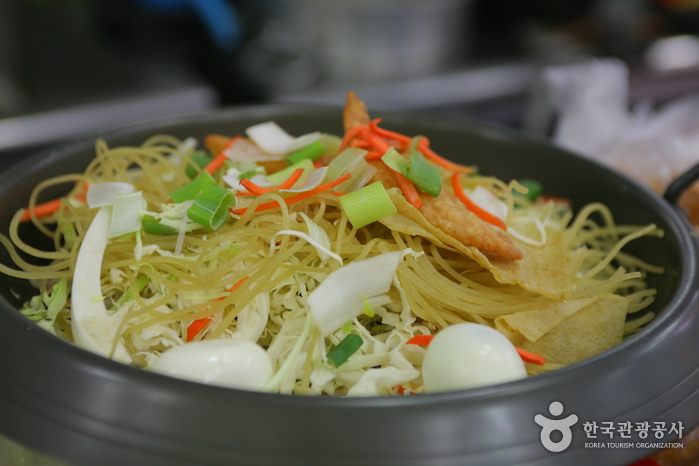

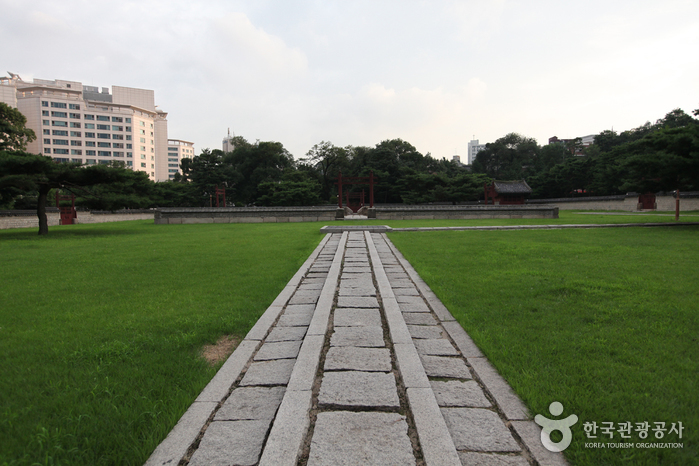
 Español
Español
 한국어
한국어 English
English 日本語
日本語 中文(简体)
中文(简体) Deutsch
Deutsch Français
Français Русский
Русский